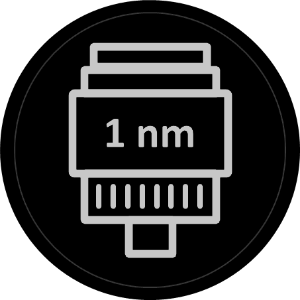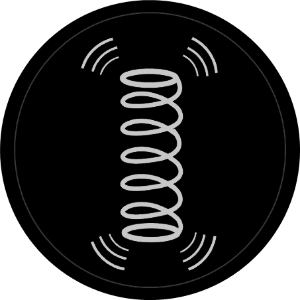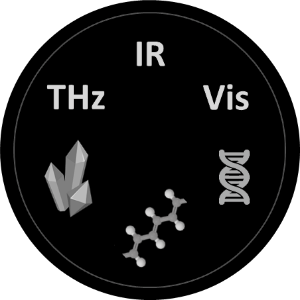Cryogenic Nanoscopy
enables cryogenic nanoscale surface analysis in visible, IR & THz spectral ranges
cryogenic nanoscopy allows for s-SNOM (scattering-type Scanning Near-field Optical Microscopy) and nano-FTIR (nanoscale Fourier transform infrared spectroscopy) studies at low temperatures down to liquid helium range. Provides thus access to a full range of relevant energy scales and allows studying of fundamental physical phenomena e.g. correlated electrons in 2 D systems, phase transitions materials, electronic transport and conductive oxide interfaces.
neaspec cryogenic s-SNOM is based on an asymmetric Michelson interferometer where a cryogenic chamber is located in one of the interferometer arms. The cryogenic vacuum chamber hosts the focusing optics, the AFM and the sample at controlled temperature from room-T down to 9 K. The light from an external illumination source is focused onto the sharp AFM tip that acts as an optical antenna and creates a strong hot spot at its apex. The latter locally probes the sample below via near-field interaction modifying the tip scattering. Patented interferometric detection allows for a completely background-free recording of both phase and amplitude of the tip-scattered light, which relate to the local sample reflectivity and absorption. High thermal stability of the AFM allows for repeated imaging of the same are, allowing to monitor changes in the optical, electrical or chemical response under varying temperature conditions for, e.g. nanoscale insights into metal-dielectric phase transitions.
Technology Benefits
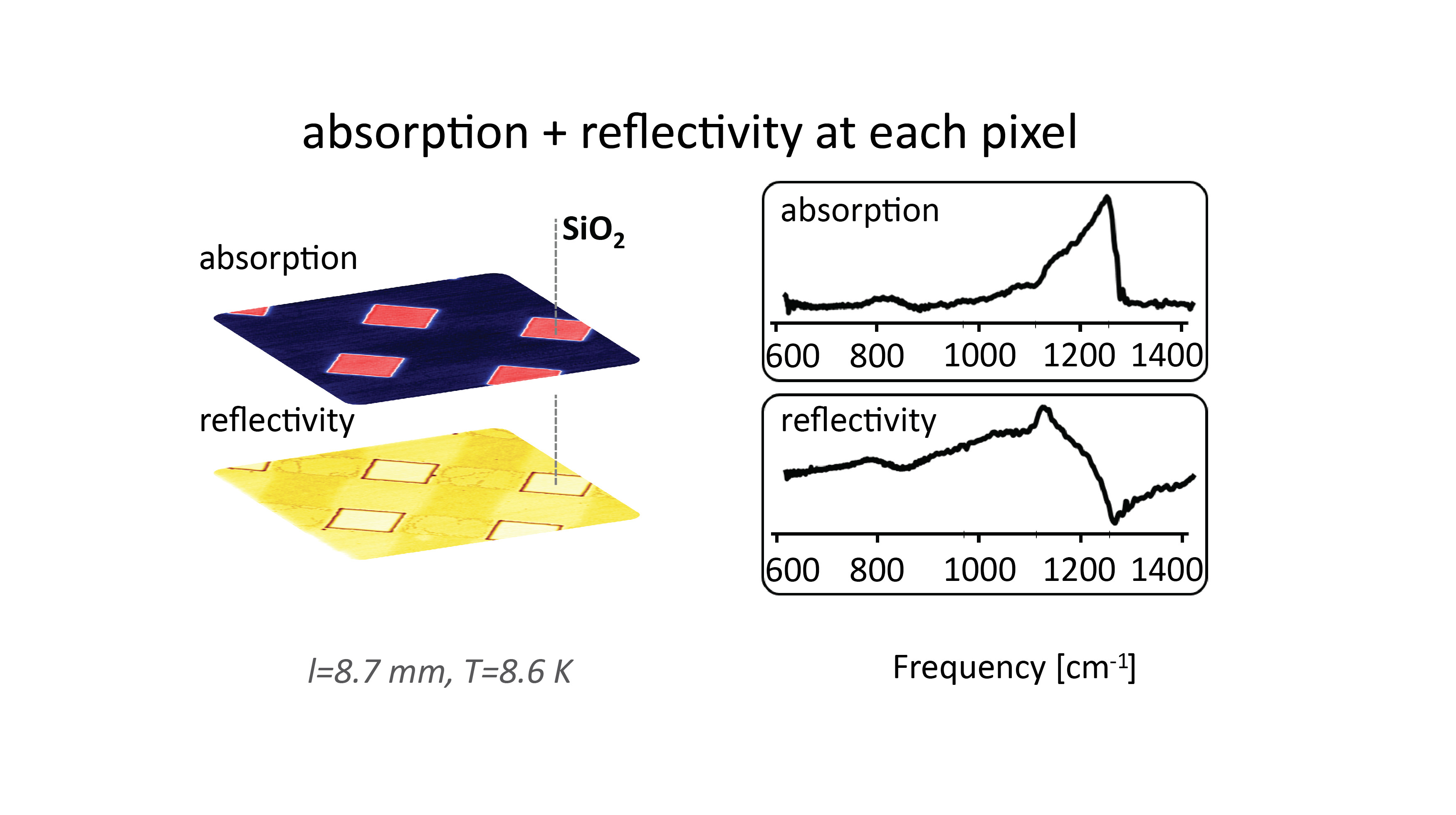
Simultaneous absorption & reflectivity imaging / point spectroscopy with <20 nm spatial resolution for complete characterization of sample’s optical properties.
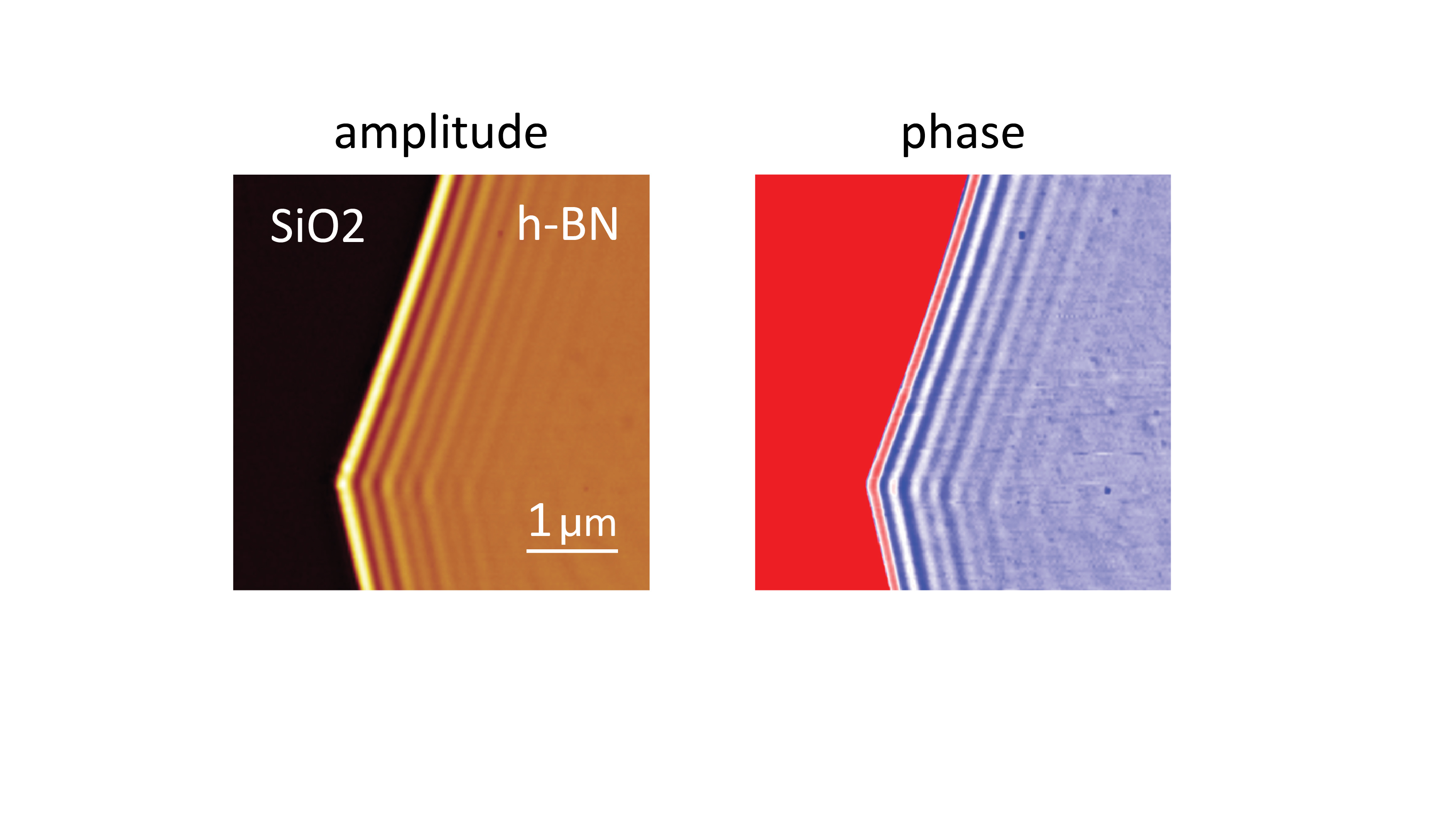
Nanoscale amplitude- & phase-resolved polariton mapping at cryogenic temperatures for exploring fundamental limits of 2D materials.
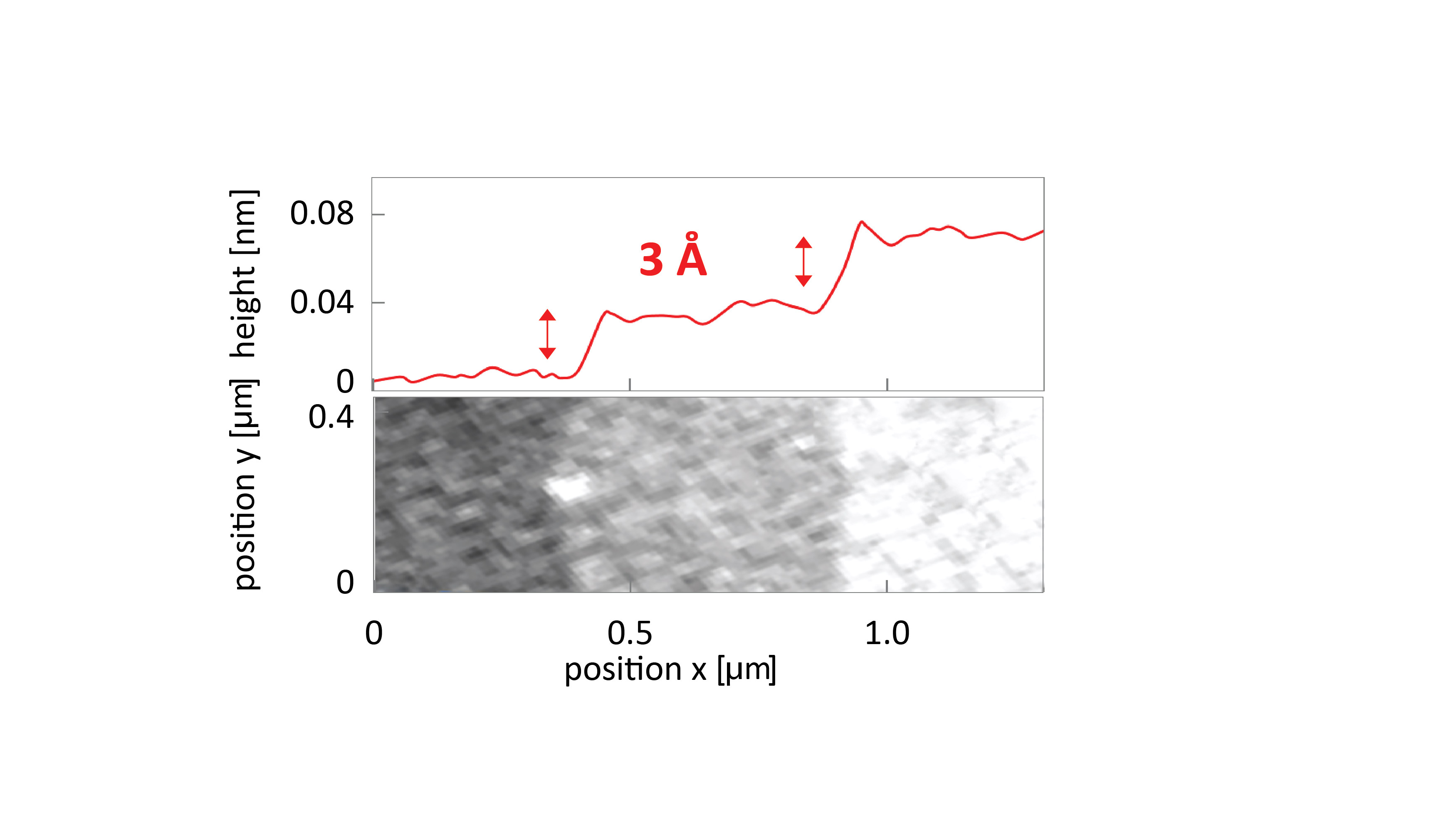
Ultralow vibrations dry cryostat for cryogenic AFM with atomic step resolution.






